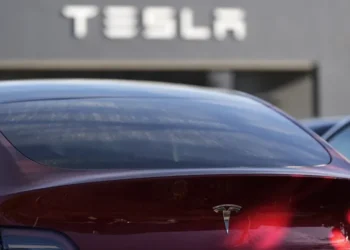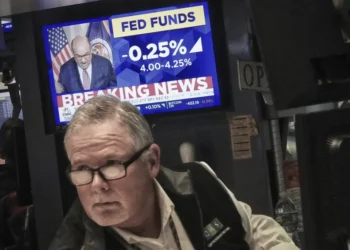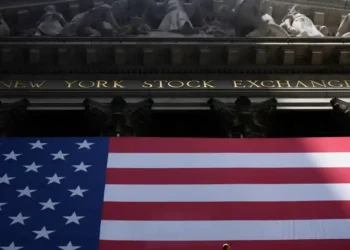Trump Threatens Steep 50% Tariff on European Union Amid Trade Talks Breakdown
President Donald Trump shook up the trade world Friday morning by threatening a 50% tariff on goods imported from the European Union. His warning came after what he described as stalled trade negotiations and longstanding grievances with EU trade policies.
In a post on his social media platform Truth Social, Trump slammed the EU for what he calls unfair practices: “Powerful trade barriers, VAT taxes, corporate penalties, monetary manipulations, and unjust lawsuits against American companies” have contributed to a massive trade deficit with the U.S.—more than $250 billion annually, a figure Trump calls “totally unacceptable.”
“Our discussions with them are going nowhere,” he wrote bluntly. “Therefore, I am recommending a straight 50% tariff on the European Union, starting June 1, 2025.”
Immediate Reactions and Market Impact
The European Commission has yet to issue an official response. A spokesperson, Olof Gill, said he was awaiting a call between Maroš Šefčovič, the EU’s Trade Commissioner, and U.S. Trade Representative Jamieson Greer—a discussion Reuters reports is scheduled for Friday morning.
Meanwhile, Treasury Secretary Scott Bessent weighed in during a Fox News interview shortly after Trump’s post. Bessent criticized the EU’s recent proposals, saying they have not matched the quality of deals from other key U.S. partners. “I hope this lights a fire under the EU,” he added, noting the bloc faces a “collective action problem” that complicates negotiations.
Markets reacted swiftly to the news. European stock indexes took a hit: Germany’s DAX fell 2.4%, France’s CAC dropped 2.2%, and the STOXX 600 benchmark declined 1.7%. London’s FTSE slipped 1%. U.S. stocks opened lower too, with the Dow down by 480 points, or 1.15%.
How Does This Tariff Compare?
The 50% tariff Trump is proposing would be more than double the 20% tariff briefly imposed in April before a pause allowed more talks. That pause is set to expire on July 9.
Since then, the only major trade deal the U.S. has finalized has been with the United Kingdom. Treasury Secretary Bessent declined to name which countries might be next but said talks are “far along with India,” and several Asian nations have offered “very good deals.” He emphasized that most of America’s key trading partners are negotiating in good faith—“except the EU.”
What’s Fueling Trump’s Anger with the EU?
Trump has frequently targeted what he calls “non-monetary trade barriers”—policies that don’t directly involve currency but make U.S. exports less competitive. Among these, he points to the EU’s Value-Added Taxes (VATs) and Digital Service Taxes (DSTs).
- VATs are consumption taxes added to goods and services in the EU. While exports from the EU to the U.S. are exempted from VAT, American exports to Europe face this tax, making U.S. products more expensive there.
- DSTs target the revenue of large digital companies operating in the EU, including giants like Meta, Apple, Google, Amazon, and Microsoft. This tax applies to gross revenues from online services—even unprofitable operations—hitting U.S. tech firms disproportionately.
According to a 2024 Congressional Research Service report, these taxes put American tech companies at a disadvantage compared to their European competitors.
Is a Trade War Escalating?
Trump’s aggressive tariff threat comes hot on the heels of another trade-related warning, this time targeting Apple. He suggested a 25% tariff on iPhones if the company continues producing them overseas rather than in the U.S.
Despite recent meetings between Trump, Apple CEO Tim Cook, and U.S. officials—including discussions during Trump’s Middle East trip and conversations with Treasury Secretary Bessent—the president remains frustrated. Cook has stated Apple plans to shift iPhone production from China to India to reduce tariff costs, but Trump insists the phones should be made on American soil.
What’s Next?
With the July 9 deadline looming for the paused EU tariffs and these sharp warnings from the White House, the next few weeks could prove critical for U.S.-EU trade relations. The outcome may have broad consequences for global markets and companies caught in the middle.
Stay tuned as this story develops.
Source: CNN – Trump threatens a 50% tariff on the EU


















